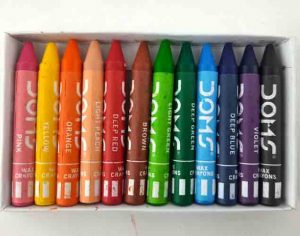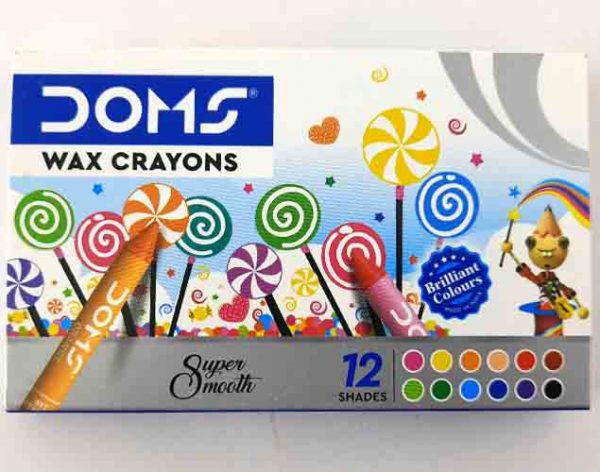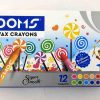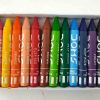Crayons, often one of the first artistic tools introduced to children, are more than just a means to color pictures. They represent a gateway to creativity, self-expression, and developmental growth. The simplicity and accessibility of crayons make them a universal symbol of childhood art and an enduring favorite for artists of all ages. This essay explores the history, impact, and significance of crayons in both educational and artistic contexts.

Historical Background
The history of crayons dates back to ancient times when Egyptians combined beeswax with natural pigments to create the first forms of crayon-like implements. Modern these colors, however, have a more recent origin. The development of wax crayons as we know them began in the late 19th century. Edwin Binney and C. Harold Smith, the founders of Crayola, introduced the first box of Crayola crayons in 1903. This innovation provided a safer, non-toxic, and more colorful alternative to the crude, brittle crayons of the past. The Crayola brand quickly became synonymous with quality and creativity, leading to the proliferation of these colors in households and schools worldwide.

Educational Impact
Crayons play a crucial role in early childhood education. They are not merely tools for coloring but are integral to the development of fine motor skills, hand-eye coordination, and cognitive development. When children grasp a crayon, they practice their grip and control, which are essential skills for writing. Additionally, coloring within the lines helps enhance precision and attention to detail.

From a cognitive perspective, these colors allow children to explore colors, shapes, and patterns, aiding in their understanding of these basic concepts. Moreover, coloring activities can enhance problem-solving skills as children decide which colors to use and how to fill different sections of a picture. Creative activities with crayons also foster emotional development, providing a medium for children to express their feelings and experiences visually.

Artistic Significance
Beyond their educational value, these colors hold significant artistic importance. While often associated with children’s art, many professional artists use these colors to create intricate and sophisticated works. The medium’s waxy texture and vibrant colors offer unique opportunities for blending and layering, resulting in rich, textured artworks. Crayons can be used in various techniques, such as encaustic painting, where wax is melted and applied to a surface, creating a luminous and layered effect.
Artists like Don Marco, known for his hyper-realistic crayon drawings, demonstrate the potential of these colors as a serious artistic medium. These artists challenge the perception of these colors as mere children’s tools, showcasing their versatility and capacity for producing fine art.

Societal and Cultural Influence
These colours have also left a profound impact on popular culture and society. The iconic Crayola 64-color box, with its built-in sharpener, is a cultural artifact that evokes nostalgia for many. The names of these colors, from “Sky Blue” to “Burnt Sienna,” have become part of the cultural lexicon, often sparking debates and fond memories.
In addition, they have been used as a symbol in various social and political movements. The simplicity and universality of colors make them an effective medium for conveying messages about education, creativity, and childhood. For example, the colors has been utilized in campaigns promoting literacy and the importance of arts in schools.

Conclusion
They are far more than simple coloring tools; they are instruments of learning, creativity, and cultural expression. From their historical origins to their role in education and art, they have a multifaceted significance that transcends age and professional boundaries. They remain a beloved and essential part of our lives, encouraging creativity and joy with each stroke. As we continue to value the importance of art in education and society, the humble colors will undoubtedly retain its place as a cherished tool for expression and discovery.





















Anita Gupta –
Nice color